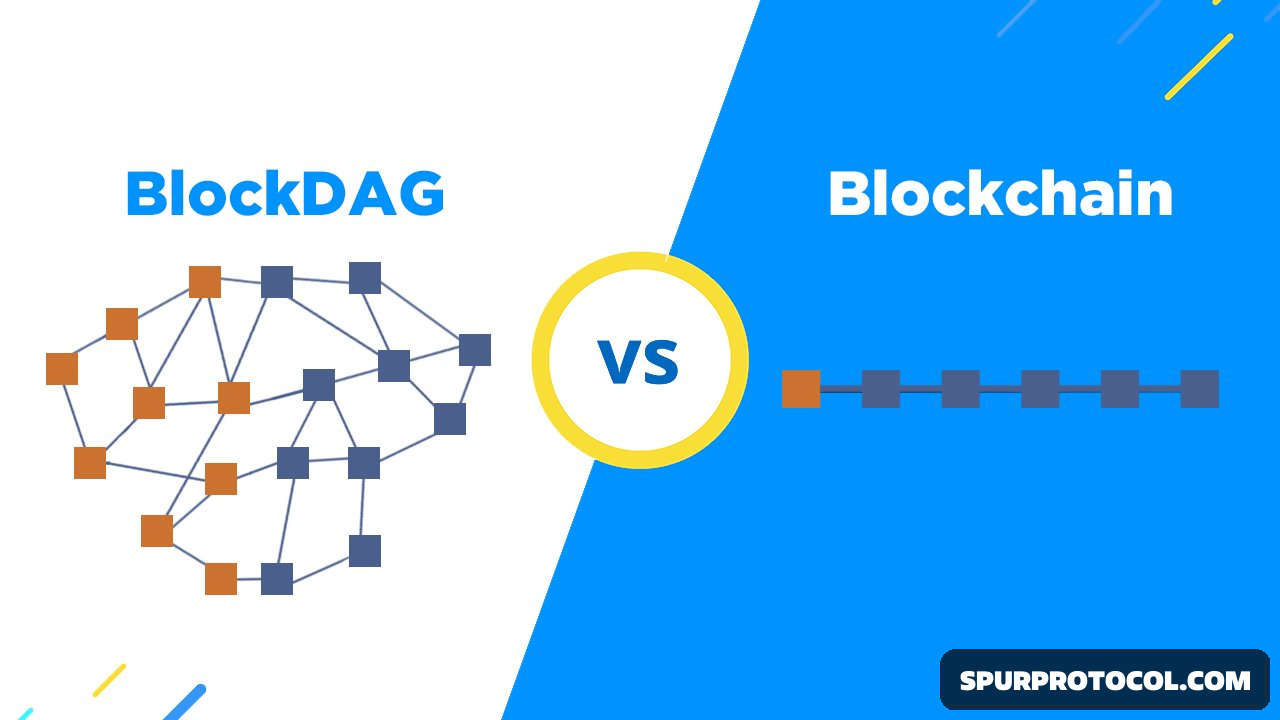Blockchain Vs BlockDAG: A Technical Perspective
Blockchain vs BlockDAG: A Technical Perspective
Go Back

🕒 6:44 PM
📅 Apr 07, 2025
✍️ By kumar1196
Blockchain vs BlockDAG: A Technical Perspective
Blockchain and BlockDAG represent two distinct approaches to distributed ledger architecture. While both aim to solve similar problems, they differ fundamentally in structure and performance.
Picture blockchain as a busy single-lane highway. Cars (transactions) must travel in perfect sequence, one after another. This orderly traffic ensures security but limits speed—Bitcoin processes merely 7 transactions per second. When traffic increases, congestion becomes inevitable.
BlockDAG, however, functions like a multi-lane expressway with interconnected paths. Multiple vehicles can travel simultaneously, occasionally merging lanes and referencing each other's positions. This parallel processing allows systems like Kaspa to handle over 1,000 transactions per second without congestion.
The technical difference lies in their structure: blockchain links blocks sequentially using the "longest chain rule," while BlockDAG employs a Directed Acyclic Graph where multiple blocks can reference previous blocks using the "heaviest chain rule."
Despite BlockDAG's theoretical advantages, blockchain dominates due to its proven security model and first-mover advantage. Bitcoin and Ethereum have weathered countless attacks, while BlockDAG implementations remain relatively untested in high-value environments.
As distributed systems evolve, we may witness hybrid approaches that combine blockchain's battle-tested security with BlockDAG's superior throughput, creating ledgers that are both trustworthy and scalable.

